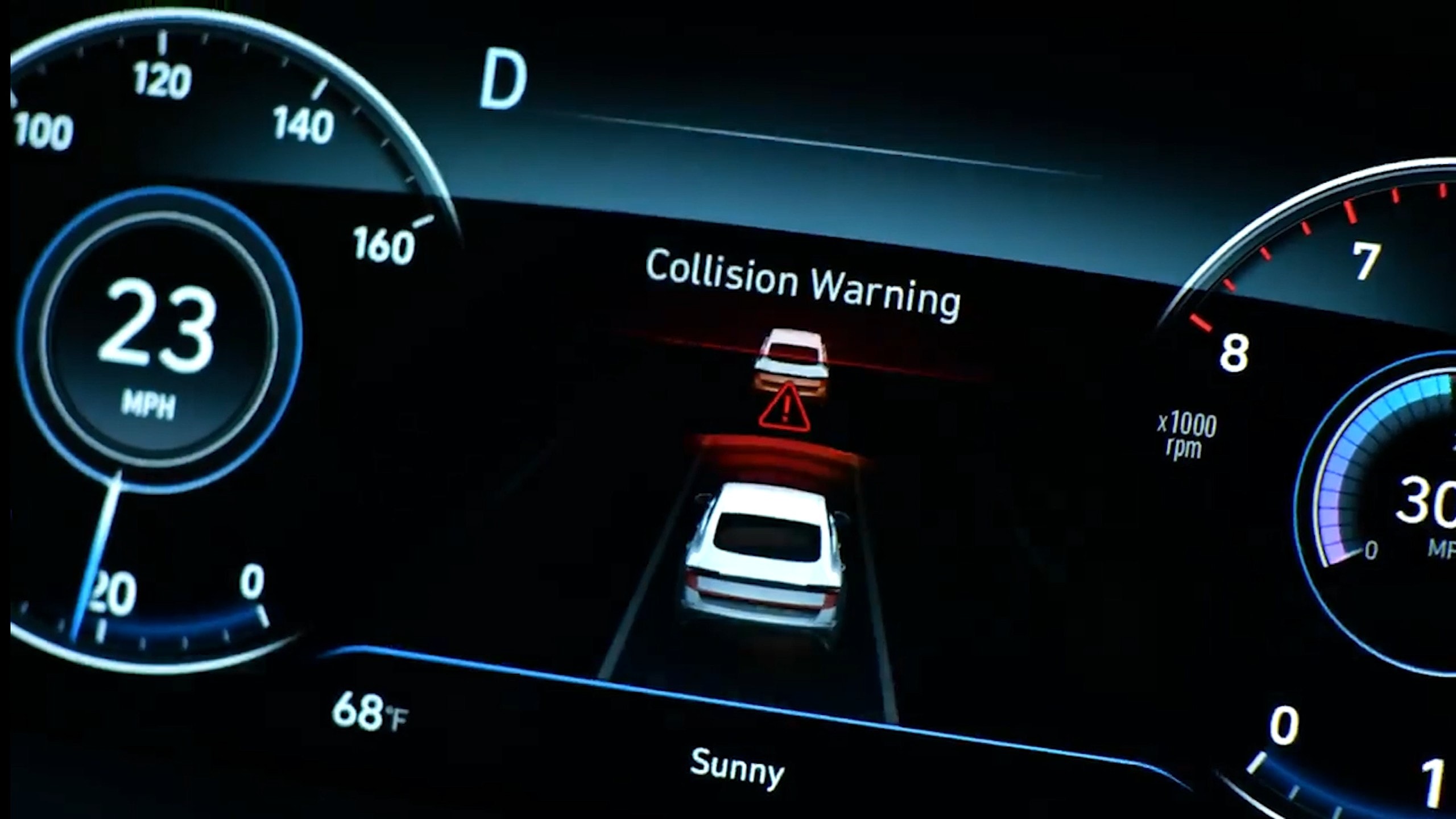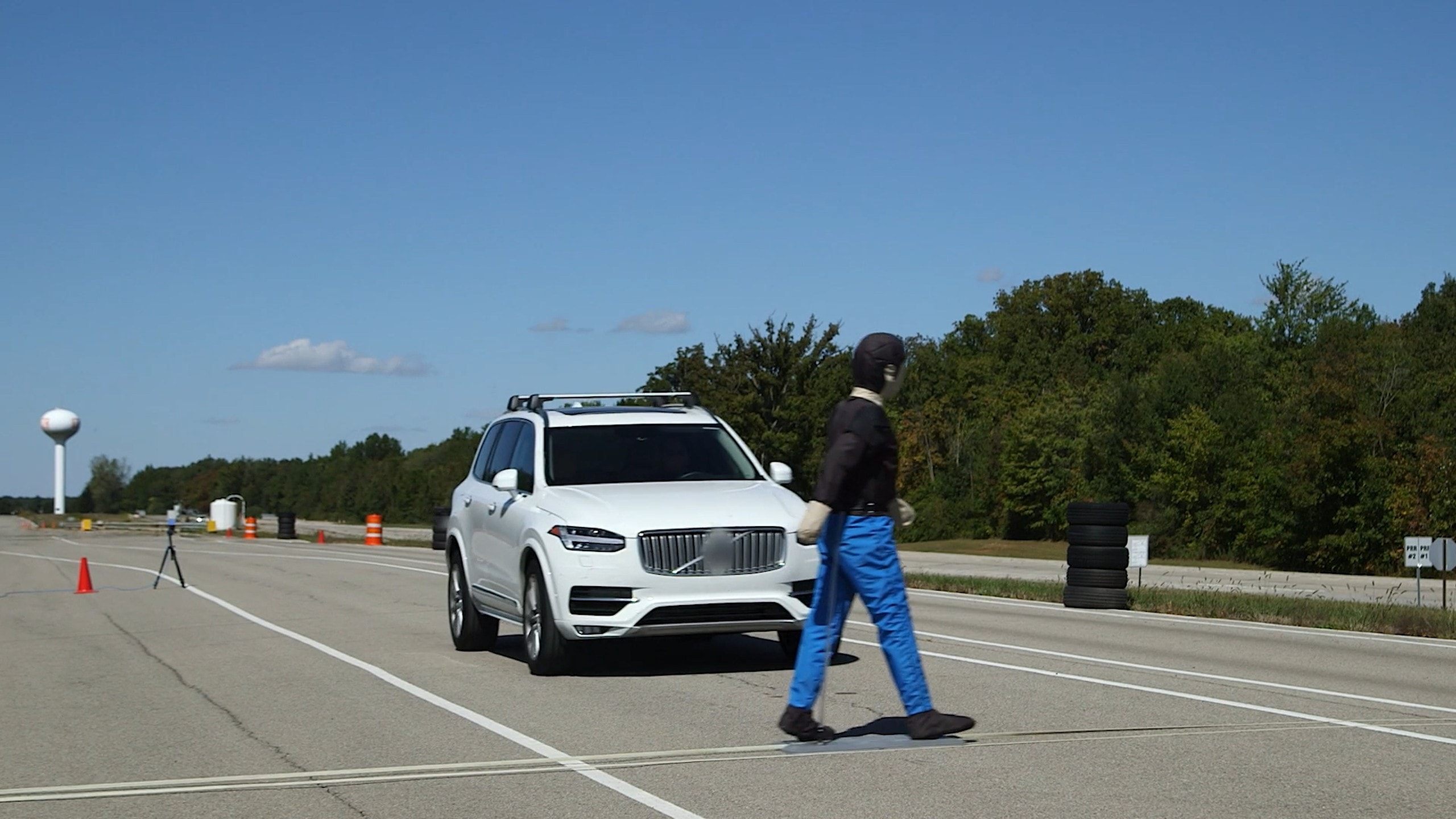The National Highway Traffic Safety Administration (NHTSA) has finalized a crucial rule mandating automatic emergency braking (AEB) systems in all new passenger vehicles and light trucks sold in the US by 2029. This landmark regulation is anticipated to save over 360 lives annually and prevent 24,000 injuries.
In response to growing concerns regarding road safety, the NHTSA started formulating regulations to make AEB systems compulsory in vehicles. The initiative, announced last year, aimed to equip cars and light trucks with the capability to automatically apply brakes to avert collisions with vehicles or pedestrians at speeds up to 62 mph (100 kph). The finalized regulation stipulates that AEB systems must become standard three years after the regulation’s publication.
Having approved the final AEB regulations, the NHTSA has extended a grace period to automakers for compliance. Starting in 2029, all passenger vehicles and light trucks sold in the US must adhere to the AEB mandate, allowing manufacturers ample time to incorporate these systems. The core provisions from the initial draft proposal remain largely unchanged.

Under the FMVSS No. 127 regulation, AEB systems must engage brakes automatically at speeds up to 90 mph (145 kph) when a collision with another vehicle is imminent and at 45 mph (72 kph) when detecting a pedestrian. Additionally, these systems should detect vulnerable road users both during the day and at night. The projected impact of this regulation is significant, with an expected reduction of 362 road fatalities annually and mitigating the severity of 24,321 injuries.
While the path to compliance may involve software updates for most vehicles, automakers argue that substantial hardware and software modifications are necessary to achieve crash avoidance effectively. The Alliance for Automotive Innovation, representing automakers, has advocated for flexibility, suggesting allowances for speed reductions in certain scenarios. Despite these challenges, the imperative for enhanced vehicle safety remains paramount.

